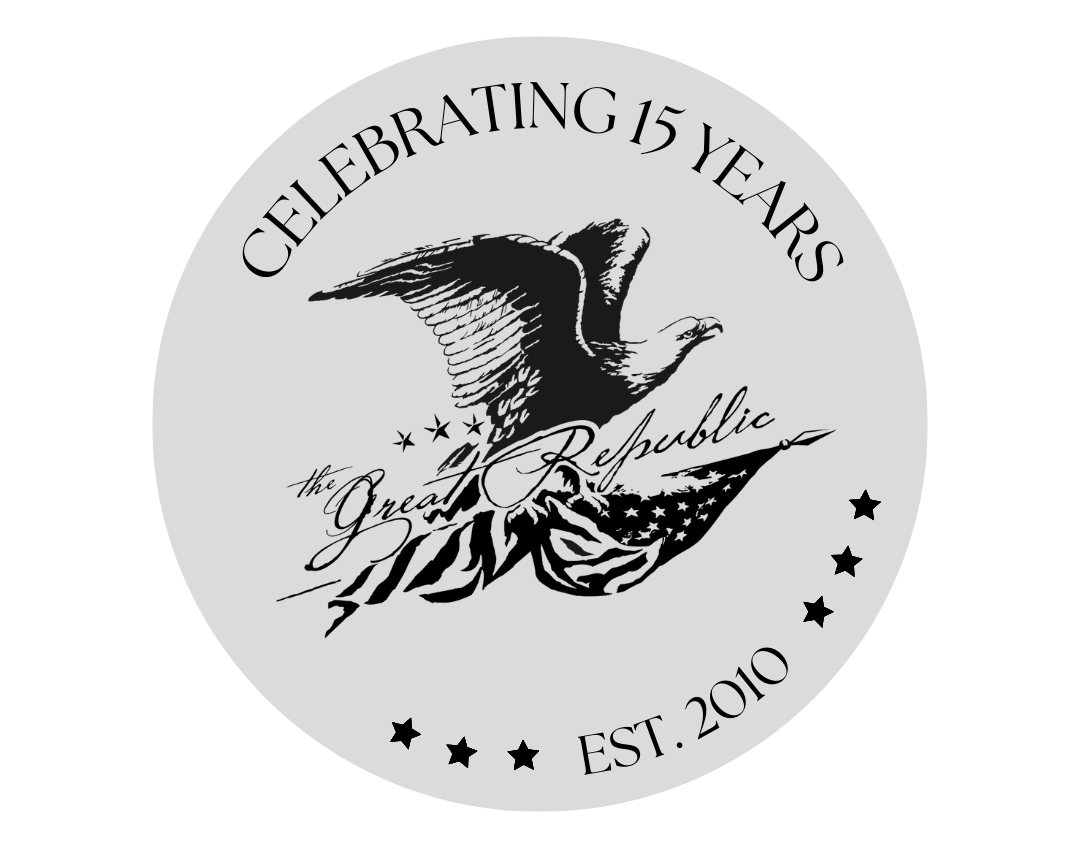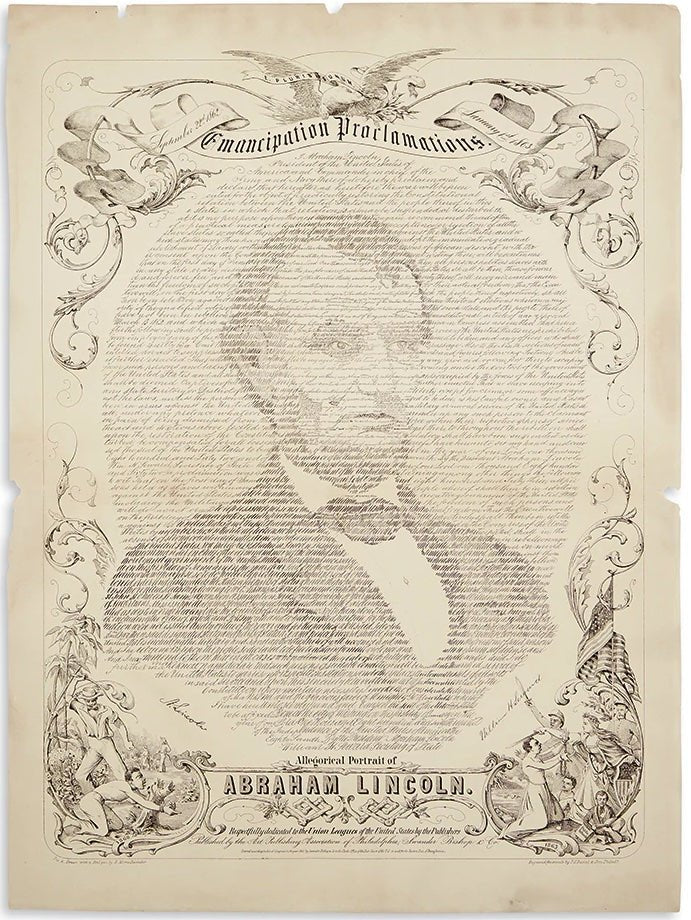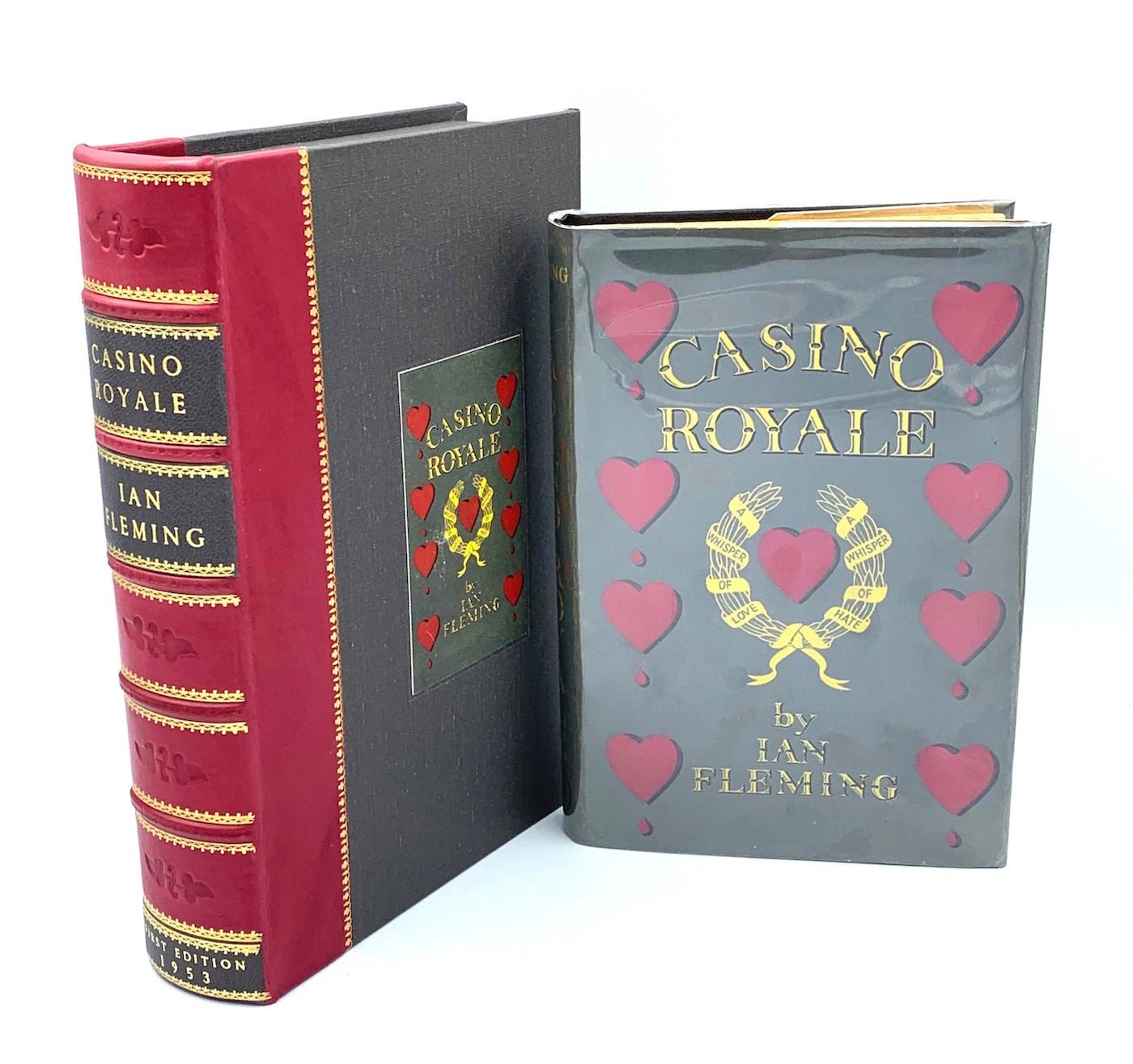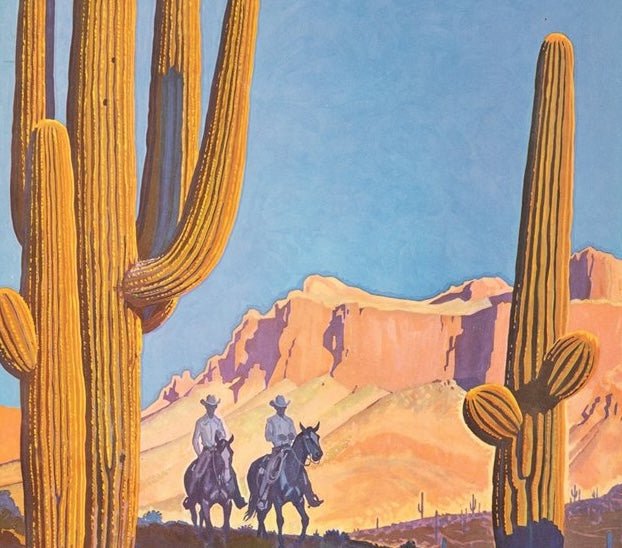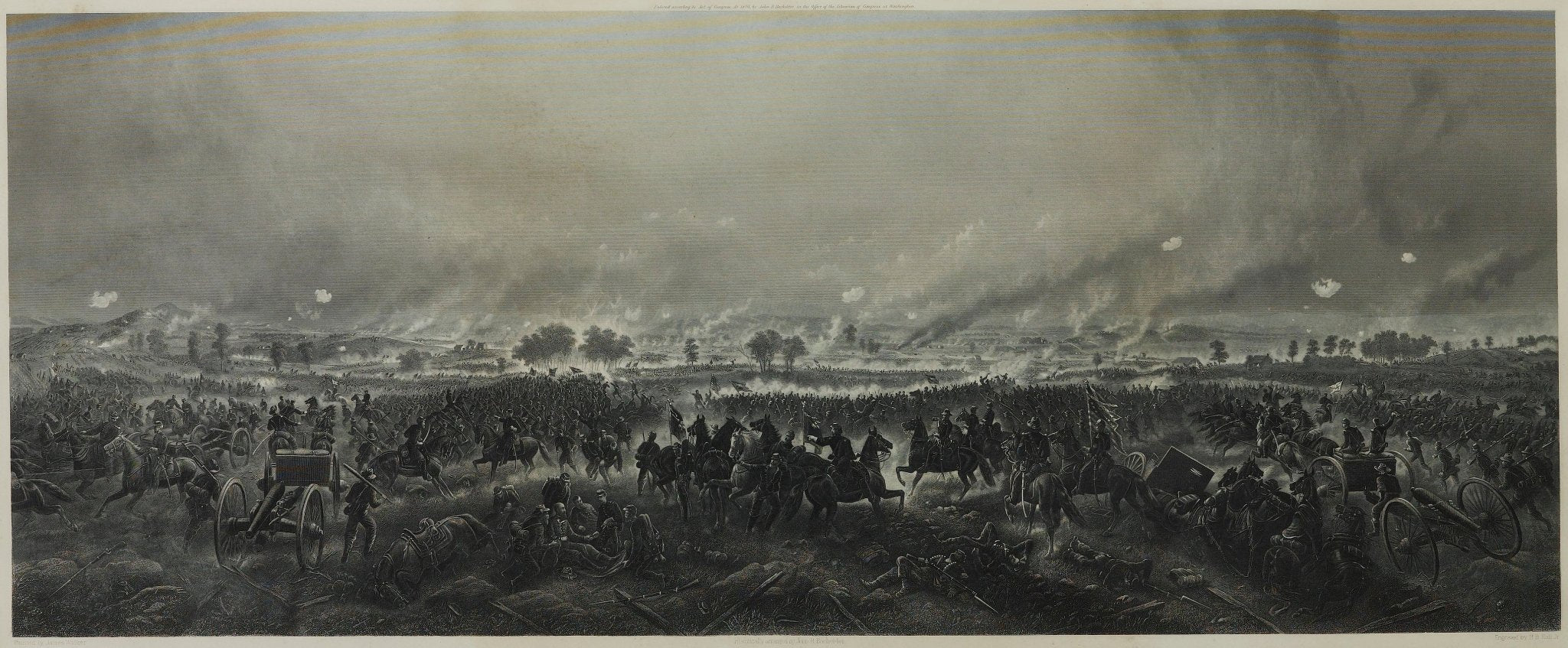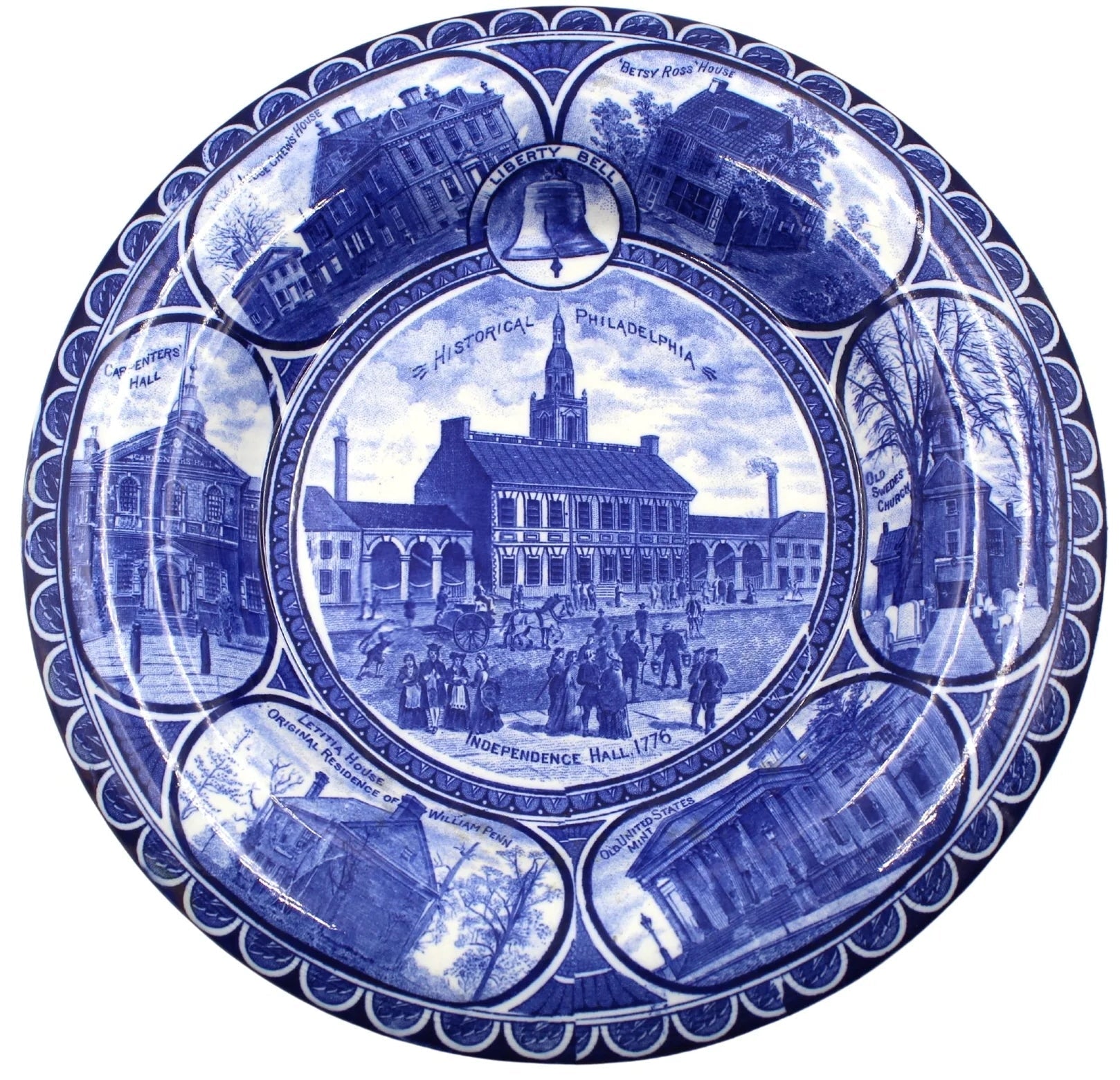Harper's Weekly's Civil War Reporting
Harper’s Monthly Magazine was founded by Fletcher Harper in 1850. Edited by Henry Raymond, the journal initially aimed to be a premier literary magazine and focused on publishing established authors such as Charles Dickens and William Thackeray. The magazine’s subtitle, “A Journal of Civilization,” reflected its high-brow aspirations. The venture was a great success and in 1857 the company also began publishing a pictorial weekly newspaper, Harper's Weekly.
By 1860 the circulation of Harper's Weekly reached 200,000 and it became the nation’s most influential newspaper. At the start of the Civil War, the newspaper did not want to lose readership, so it issued articles and illustrations from both Union and Confederate points of view and took a more moderate stance on abolition. Previously, Harper’s Weekly had supported Stephen A. Douglas in the 1860 presidential election. Yet as the war progressed, that paper became increasingly pro-Union and a staunch supporter of the Republican party and Lincoln. Its war reporting and illustrations informed the Northern populace of key battles, troop movements, covered political events and elections, and convinced many to support abolition.
More importantly, Harper's Weekly was one of the first American newspapers to incorporate woodcut illustrations. Every issue brought engravings from the war front into readers’ homes. Harper’s was widely read by the soldiers of the Union Army, and the magazine hired well known artists, including Jasper Green, Henry Mosler, and caricature artist Thomas Nast, to follow the army in its campaign. Another famous artist to work for Harper’s was Winslow Homer. In addition to his own war scenes, Homer also made engravings of the many war photographs by Mathew Brady, reproducing images of battle scenes, camp life, and Generals Grant and Sherman, and others leading the Union men through ups and downs of war.
The quality of reporting and illustration published by Harper’s Weekly during the Civil War was unmatched. Even fellow publishers recognized and celebrated the importance of the wartime contributions of the publication, as evidenced by the following excerpt from the April 1865 issue of the North American Review:
"Its vast circulation, deservedly secured and maintained by the excellence and variety of its illustrations of the scenes and events of the war, as well as by the spirit and tone of its editorials, has carried it far and wide. It has been read in city parlors, in the log hut of the pioneer, by every camp-fire of our armies, in the wards of our hospitals, in the trenches before Petersburg, and in the ruins of Charleston; and wherever it has gone, it has kindled a warmer glow of patriotism. It has nerved the hearts and strengthened the arms of the people, and it has done its full part in the furtherance of the great cause of the Union, Freedom, and the Law."

